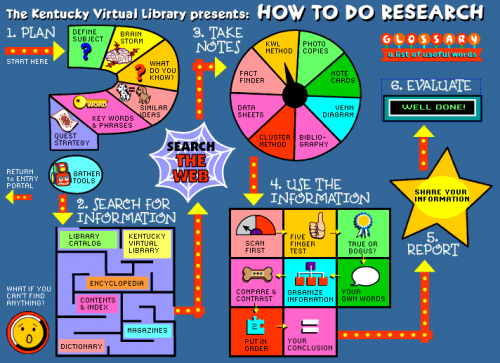
DeviantArt’s new drawing app Muro works in all modern browsers. You can directly start drawing on a blank canvas using different brushes, all without Flash or any other plug-in. Several brushes are available to everyone, some of the advanced features are reserved for registered users. The image above was created by DeviantArt user loish using the new tool. It’s fascinating to see how new technology can help to liberate online creativity, which is no longer restricted to writing texts, but open to a much wider range of expression. If you ever wondered what HTML5 is good for, here is the answer.

